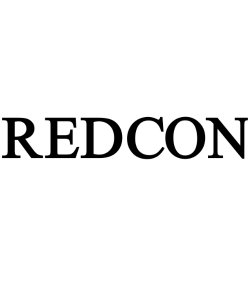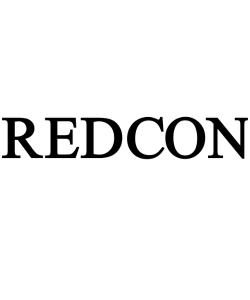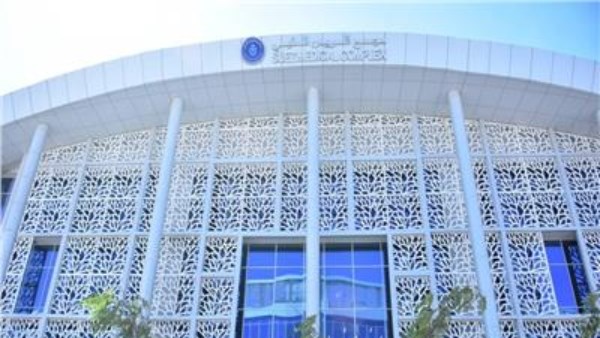
The latest U.S. tariffs are due to come into effect on April 9
Brazil, Egypt and Singapore among potential winners from tariff onslaught

Days after U.S. President Donald Trump's announcement of sweeping tariffs shocked multiple U.S. trading partners and global markets, a handful of countries are emerging as potential winners although the risk of a tariff-induced recession will limit the upside.
With longtime allies and close U.S. trading partners including the European Union, Japan and South Korea among those hardest hit - with tariffs of 20% or more - rivals from Brazil to India and Turkey to Kenya see a silver lining.
Brazil is among the economies that escaped with the lowest "reciprocal" U.S. tariff of 10%. In addition, the agricultural giant could benefit from China's retaliatory tariffs likely to hit U.S. farm exporters.
The latest U.S. tariffs are due to come into effect on April 9.
Brazil, as a net importer of goods from the United States, exemplifies the way some countries could take advantage of the trade war that Trump is waging primarily against China and other major exporters that run trade surpluses with the U.S.
Morocco, Egypt, Turkey and Singapore, all of which have trade deficits with the U.S., could find an opportunity in the distress of those, like Bangladesh and Vietnam, which both run big surpluses and have been hit hard by Trump.
While the latter two are grappling with expected tariffs of 37% and 46%, respectively, the former, like Brazil and most of its neighbours, will squeak by with 10% each - more of a slap on the wrist in the new Trump world order.
"The US didn’t impose tariffs on Egypt alone," said Magdy Tolba, chairman of Egyptian-Turkish joint venture T&C Garments. "It imposed much higher tariffs on other countries. This gives Egypt a very good opportunity to grow."
Tolba listed China, Bangladesh and Vietnam as key competitors to Egypt in textiles.
"The opportunity is in plain sight," he said. "We just need to grab it."
Turkey, whose iron, steel and aluminium exports took a hit from earlier U.S. tariffs, now stands to benefit as other global traders endure even higher levies.
Trade Minister Omer Bolat has called the tariffs on Turkey the "best of the worst" given the rates imposed on many other countries.
NEGATIVE NOTICE
Similarly, Morocco, which has a free trade agreement with the U.S., could emerge as a relative beneficiary of the pain of both the EU and erstwhile Asian powerhouses.
"The tariff is an opportunity for Morocco to attract investments by foreign investors willing to export to the U.S., given the comparatively low 10% tariff," said one former government official, speaking on condition of anonymity.
Still, the official and others noted that hazards loom, with the danger that big recent Chinese investments, including $6.5 billion from Gotion High Tech for what would be Africa's first gigafactory, could attract negative attention from Trump.
Rachid Aourraz, an economist with the Moroccan Institute for Policy Analysis (MIPA), an independent think tank in Rabat, noted that the country's aerospace and fertiliser industries could still take a hit.
"While the direct impact seems limited given that the U.S. is not a major market for Morocco’s exports, the shockwaves created by the tariffs and the spectre of recession could impact Moroccan economic growth," he said.
Kenya, with which the U.S. enjoys a trade surplus, may also see a mixed blessing from a relatively glancing tariff blow. Textile producers in particular expressed hope they could gain a comparative advantage against competitors in countries harder hit by tariffs.
GREATER MISERY
Similar concerns are playing out in Singapore, where the benchmark Straits Times Index on Monday slumped 7.5% in its largest fall since 2008 and extended its decline on Tuesday.
While the city-state might benefit from some investment flows as manufacturers seek to diversify, they would still be subject to substantial manufacturing and local content rules, said OCBC economist Selena Ling.
"The absolute story is there are no “winners” if the US and/or global economy hits a hard stop or recession," she said. "It’s all relative."
Maybank economist Chua Hak Bin added: "Singapore cannot win in global trade war, given the heavy reliance on trade."
India, despite a tariff of 26%, is still looking for opportunity in its Asian rivals' greater misery.
According to an internal government assessment shared with Reuters, the sectors where India can gain market share in shipments to the U.S. include textiles, apparel and footwear. Soon after the tariff announcement, the Indian trade ministry said it was "studying the opportunities that may arise due to this new development in the US trade policy."
India is also hoping to get a bigger share of Apple's (AAPL.O), opens new tab iPhone manufacturing from China because of the tariff differential, though the 26% tariff could still make the phone substantially more expensive in the U.S.
In South America, where exports remain focused on commodities from copper to grains, there are hopes the U.S. tariff turmoil could revive talks on a long-delayed trade deal between the four-member Mercosur bloc and the European Union.
Brazil could be the top beneficiary of any such move, but even beyond that, trends during Trump's first term, when Brazilian soybeans and corn growers enjoyed bumper sales as China froze out U.S. farmers, could now be replicated.
Elsewhere in Latin America, Mexico, which has previously been on the receiving end of Trump's wrath, has also emerged relatively unscathed, with most of its commerce shielded by the USMCA trade accord negotiated during Trump's first term, noted Graham Stock, a senior emerging market strategist at RBC BlueBay.
"But Mexican assets are struggling more than others because Mexico is so exposed to the US economy, and at the end of the day the Trump trade policy is a huge act of self-harm to the U.S. economy," he added.









-32025522145948.jpg)
-320255125357264.jpg)














